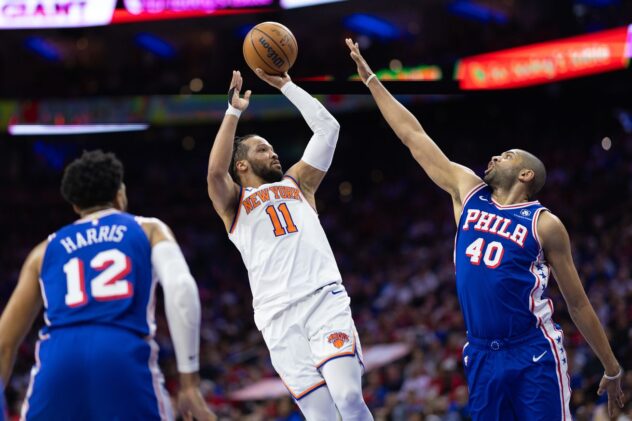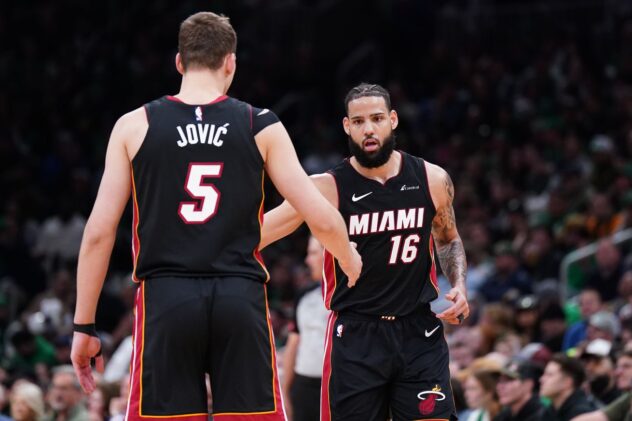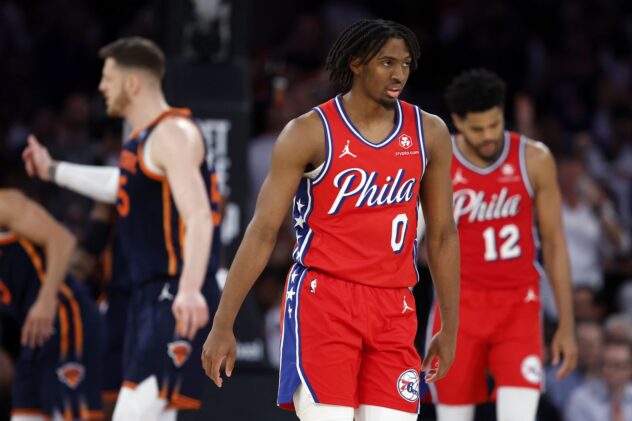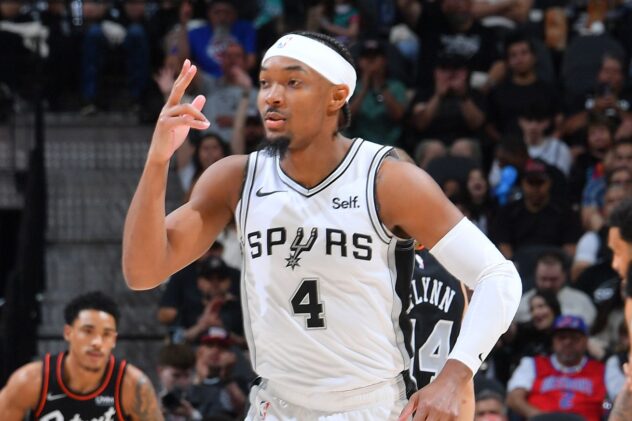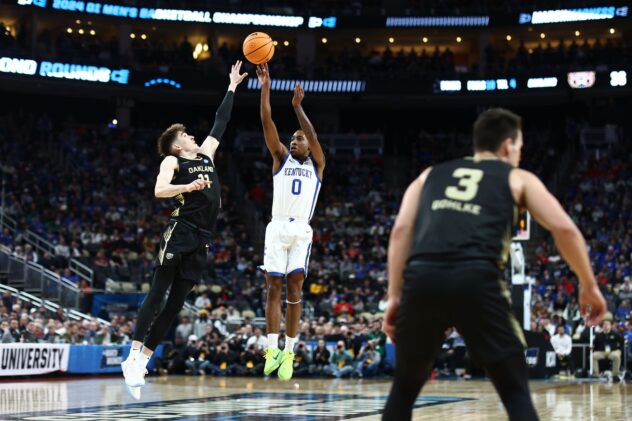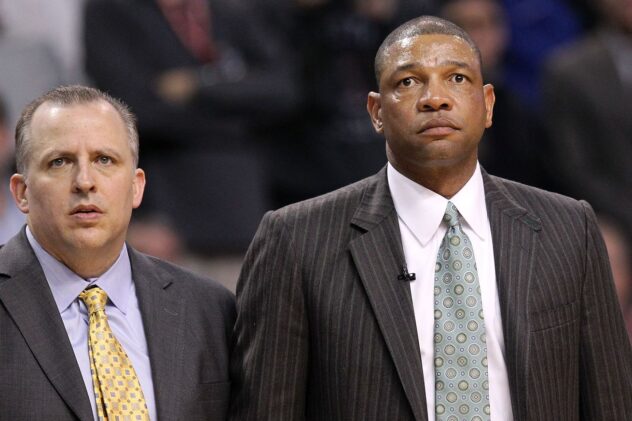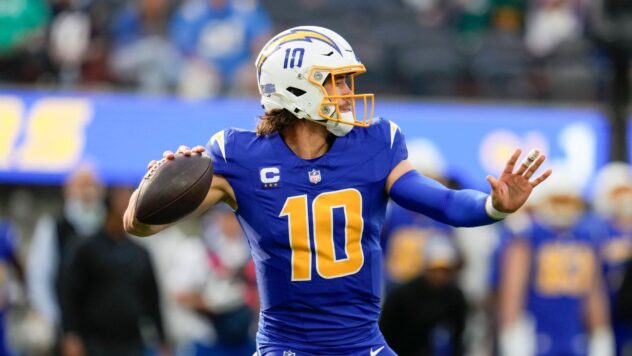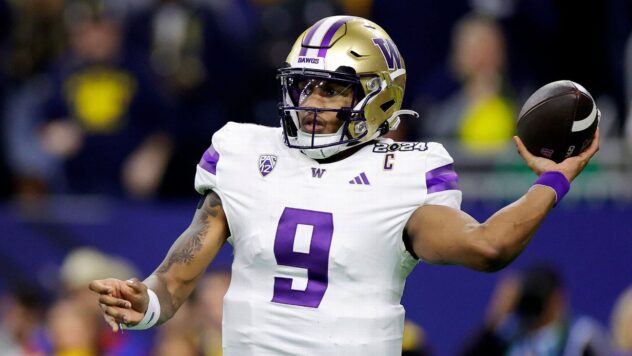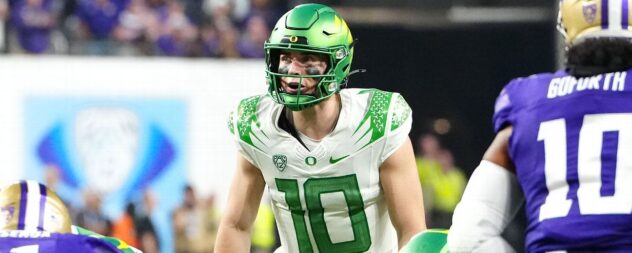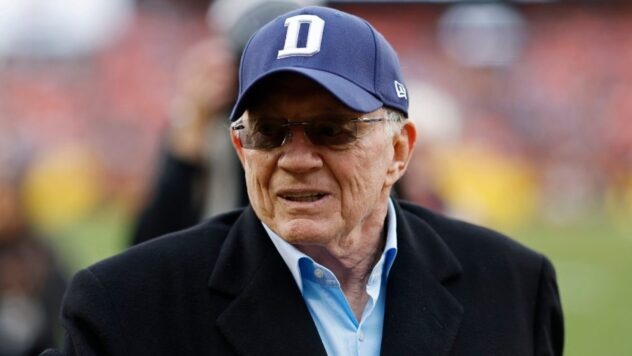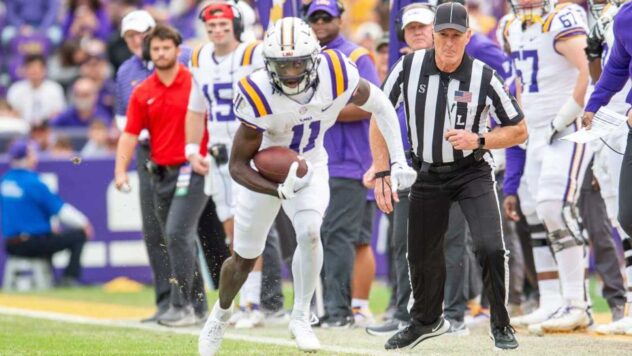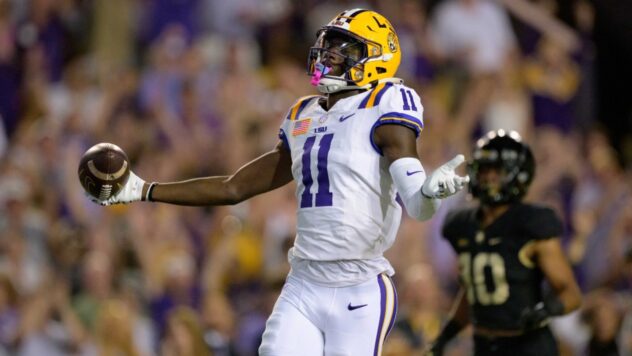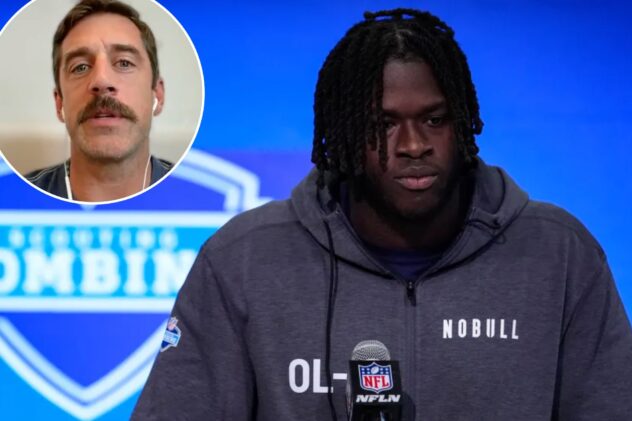Spurs player review: The idea of Josh Primo was more exciting than the reality
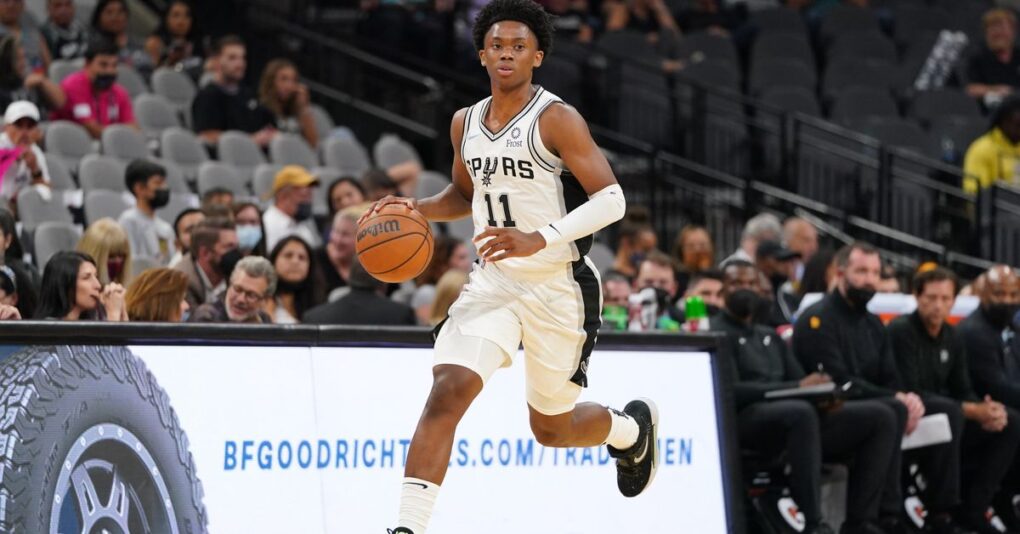
One of the benefits of how the Spurs handle their rookies’ first steps in the league is that they shield them from pressure. Just like Devin Vassell the year before, lottery pick Josh Primo didn’t face serious expectations to be a reliable contributor right away, which turned out to be a good thing since he clearly wasn’t ready for that responsibility.
Primo showed plenty of flashes of intriguing potential, especially when he got a chance to get consistent minutes later in the season, but an understandable lack of consistency (he was the youngest player in the league, after all) plagued him throughout. As the team starts to think about next season, it’s imperative to figure out what role the 19-year-old will be ready to play.
Traits, expected role and stats
Josh Primo is a combo guard who is “officially” listed at 6’4” and made his NBA debut last season after being selected 12th overall in the 2021 NBA Draft.
Primo was expected to develop in the G League and wait his turn while the Spurs figured out what to do with their crowded backcourt in order to give him some experience at the NBA level.
In 50 appearances he averaged 5.8 points, 2.3 rebounds and 1.6 assists while playing 19.3 minutes a game.
Season review
While the Spurs’ roster composition and the fact that he spent two months in Austin reveal that their original plan for Primo was to develop him in the G League, he still got significant minutes with the big team in the end. Trading Bryn Forbes in January and Derrick White in February opened up playing time for the youngster. Since cracking the rotation in the 50th game of the season, Primo averaged over 23 minutes per game and didn’t see the court on just three occasions. Prior to that, he had only appeared in 21 of the team’s 49 games and averaged a shade over 13 minutes a night. Whether the front office planned to get Primo involved as the season progressed or the trades and injury and COVID-related absences were the reason behind his expanded role doesn’t really matter in the end. The rookie got some run.
It wasn’t the smoothest of rides, but it was never supposed to. Months before his NBA debut Primo, was playing off the ball for a mediocre Alabama team, only to be asked to initiate offense at times with the Spurs. The struggles were understandable and made the moments in which he showed the ability to create for others all the more impressive. He had his moments on defense as well, but his slim frame made it hard for him to handle strong wings on that end and to finish inside on the other. He often looked passive or lost when trying to get his own shot due to a tendency to pass when driving, which he did on a gargantuan 50 percent of his forays to the bucket while getting an actual assist a very low seven percent of the time. The outside shot came and went, with Primo showing good form on his release and an admirable lack of fear to pull the trigger, but not enough consistency.
There were games in which the rookie looked solid in most areas and others in which he was a liability. In short, Primo had the up-and-down season everyone should have expected from a 19-year-old still growing into his body and testing his limitations.
Season grade: C-
It’s tricky to summarize Primo’s season since the expectations changed midway. At one point, the poise he showed and the flashes of potential — and there were a lot of those — were enough. However, as he started to get consistent minutes and was relied on to produce, he really struggled. On offense, Primo shot under 40 percent from the floor, barely cracked 30 percent from three, and had a mediocre assist-to-turnover ratio. On defense, he did well in isolation situations for the most part, but he was not great at the team level and got burned a little too often on backdoor cuts and high-low passes. His on/off splits were only better than Drew Eubanks and Bryn Forbes among players who were part of the main rotation at some point during the season.
It’s really hard to claim Primo had a good season, and yet it feels a little unfair to judge him too harshly, since he wasn’t supposed to start 16 games and come close to getting 20 minutes a night as rookie. In a less demanding role, he could have done better. Alas, we can only judge what he actually did.
The future
Unless something strange happens with a trade, Primo will enter the second year of his rookie deal likely with a spot secured in the rotation. How big that role will be will probably depend on what the team decides to do with Lonnie Walker IV in free agency and how the draft goes.
While his rookie season wasn’t impressive, it featured enough good moments that expecting a leap from Primo seems warranted. The reasons for optimism are many. For starters, it would not be surprising to see his official height be listed at an inch or two higher next season — some sites already have him at 6’6” — which should help his defensive versatility. Even people who work within the Spurs’ organization like Matt Bonner and Sean Elliott mentioned that he looked taller during broadcasts. If he can also fill out his frame a little more, his slashing ability should increase significantly. The athleticism is there for Primo to be at least a league-average finisher close to the rim, and his length has already proven valuable in one-on-one defensive situations, with his shot-blocking on the ball emerging as a strength very early in his career. Just by maturing physically, Primo should improve.
The skills could take a little longer to develop. Tall guards can struggle with a high dribble, as Dejounte Murray’s first few seasons showed, and Primo’s looked too loose as a rookie. His vision was good, but his passes were sometimes a little erratic and his decision-making questionable. Ideally he’d be asked to be a secondary creator at most, when everyone is healthy, so neither issue should be too damming. What could start to determine Primo’s ceiling as a player will be his scoring. The outside shot looks good and should start to fall more often in catch-and-shoot situations, but it will be interesting to see what else he can do on that end to put up points. His pull-up jumper will have to improve by leaps and bounds if he remains reluctant to drive to score in the half court, and developing a floater could help as well. If he wants to eventually become a star, diversifying his offensive skill set is a must.
Patience will be key with Primo. He’ll still be younger next season than a lot of players drafted this year, and if he can be a reliable two-way role player as a sophomore, he’ll be on the right track. His ceiling will probably remain unclear for a while, but we should soon find out what his floor really is.

